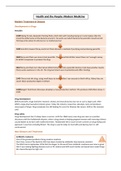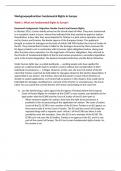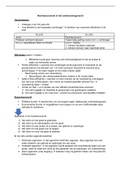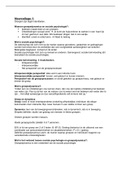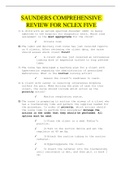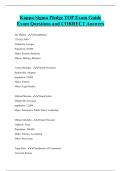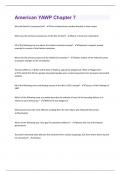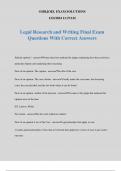Interview
History AQA GCSE Grade 9 Health and the People: Modern Medicine Notes
- Vak
- Instelling
History AQA GCSE Health and the People: Modern Medicine, printable notes made and used by Grade 9 History student. Contains in-depth facts/research covering every aspect of the specification. Includes analytical-response notes, visual aids, and extremely helpful revision aid for making flashcards, ...
[Meer zien]
